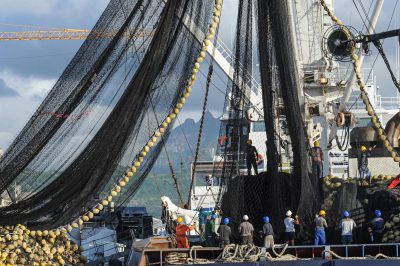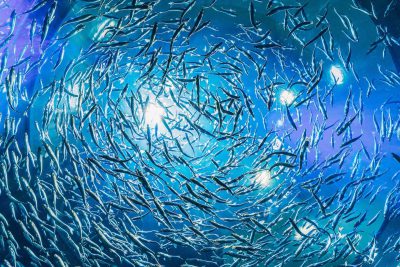If you have watched Seaspiracy recently, you may be all too aware of the terrible impacts of a fishing industry that is out of control. Bycatch is just one of those impacts, and it is a huge problem, because it results in millions of sea animals, including endangered and vulnerable species, getting trapped and killed by nets, lines, traps and more.
This is not only an ethical problem but an ecological one – as the ocean is an environment full of delicately balanced food chains and ecosystems, that provide a variety of essential services to marine life and life on land. When we remove huge numbers of animals, particularly predators, the knock-on effect for other species and marine ecosystems is devastating. And without marine life there is no human life, so it is in our best interest to protect and conserve the oceans.
There is really only one way of doing that right now and that is to stop eating fish.
What Is Bycatch?
Industrial fisheries use commercial machinery to catch hundreds, even thousands of fish at once. They use huge trawler nets, gillnets, longlines and traps and pots, resulting in millions of sentient sea creatures, including dolphins, turtles, whales, seabirds and more, getting caught up in the catch and needlessly killed or injured.
The Maui dolphin and the North Atlantic right whale are just two of the many endangered species being pushed towards extinction due to excessive bycatch.
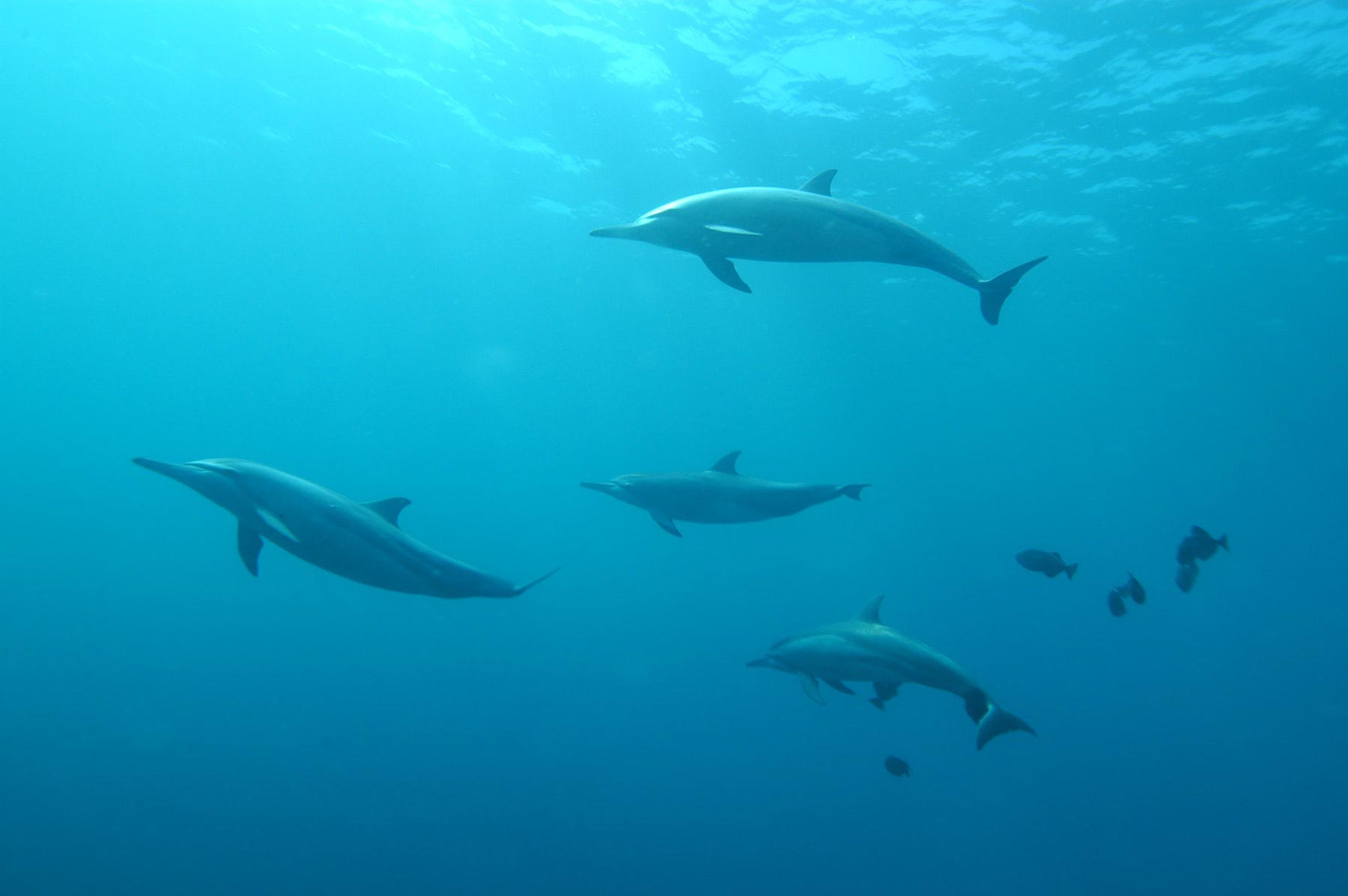
Why Is Bycatch On Labels?
In recent years, labels indicating ‘sustainable fishing’ practices have become more common in the fishing industry, to satisfy growing demand from consumers for more environmentally friendly products.
Instead of these sustainability labels becoming more stringent over the years, we have rather seen the definition of sustainability being watered down, so the fishing industry can continue abusing the ocean whilst maintaining profits.
One shocking revelation in the recent Seaspiracy documentary was that accreditation systems like the Earth Island Institute, rely solely on the ‘word of the captain’ that no dolphins were harmed in the fishing process. Earth Island Institute, when asked if they could guarantee that no dolphins were harmed for their tuna, said: No. We do have observers but they are rarely on board. And they can be bribed. We have to take the captain’s word that no dolphins were harmed.
So, any labelling that claims a reduction in bycatch associated with the product is likely to be more marketing tool than actual sustainable practice.
Why Is Bycatch A Problem?
Bycatch causes a number of ethical and ecological problems, the most obvious being the unnecessary deaths of millions of marine animals and the destruction of coral and marine plant life. This creates all kinds of negative effects for the ocean, which are outlined below.
The Effects Of Bycatch
Bycatch means the unnecessary capture and often death of millions of marine animals that were not intended to be caught. These are intelligent and sentient beings who are vital to the health of the oceans and they must be protected to maintain a healthy planet. So, this is an ethical issue but it’s also an ecological one.
Removal of these animals, particularly sharks, dolphins and tuna who are at the top of the food chain, creates negative effects for marine ecosystems. These systems are delicate and rely on stable food chains, so when we overfish and create excessive bycatch, we are artificially interrupting these systems and causing them to collapse.
These animals also contribute to healthy marine plant life and corals, as their movement helps spread vital nutrients around the oceans and their excrement creates food for plant life. Without these benefits, coral reefs and vital marine plant life will die.
These problems have knock-on effects, the most important of which is an increase in vulnerability to climate change. Marine plant and animal life is a major carbon sink, so the more we destroy, the less ability the ocean has to store carbon and prevent climate change.
Are you seeing the pattern? A healthy planet relies heavily on healthy oceans, so the more fish and therefore bycatch we pull from the oceans, the more vulnerable the planet and humans become.
How Many Animals Die From Bycatch?
Around 300,000 whales and dolphins are killed every year as bycatch by the fishing industry, making it the most prominent cause of death for these animals.
Around 50 million sharks are killed as bycatch every year.
Hundreds of thousands of loggerhead turtles (endangered) and leatherback turtles (critically endangered) are drowned every year by longlines, trawler nets, gill nets and more, discarded careslessy by the fishing industry.
These are just a few of the marine species affected by bycatch each year.
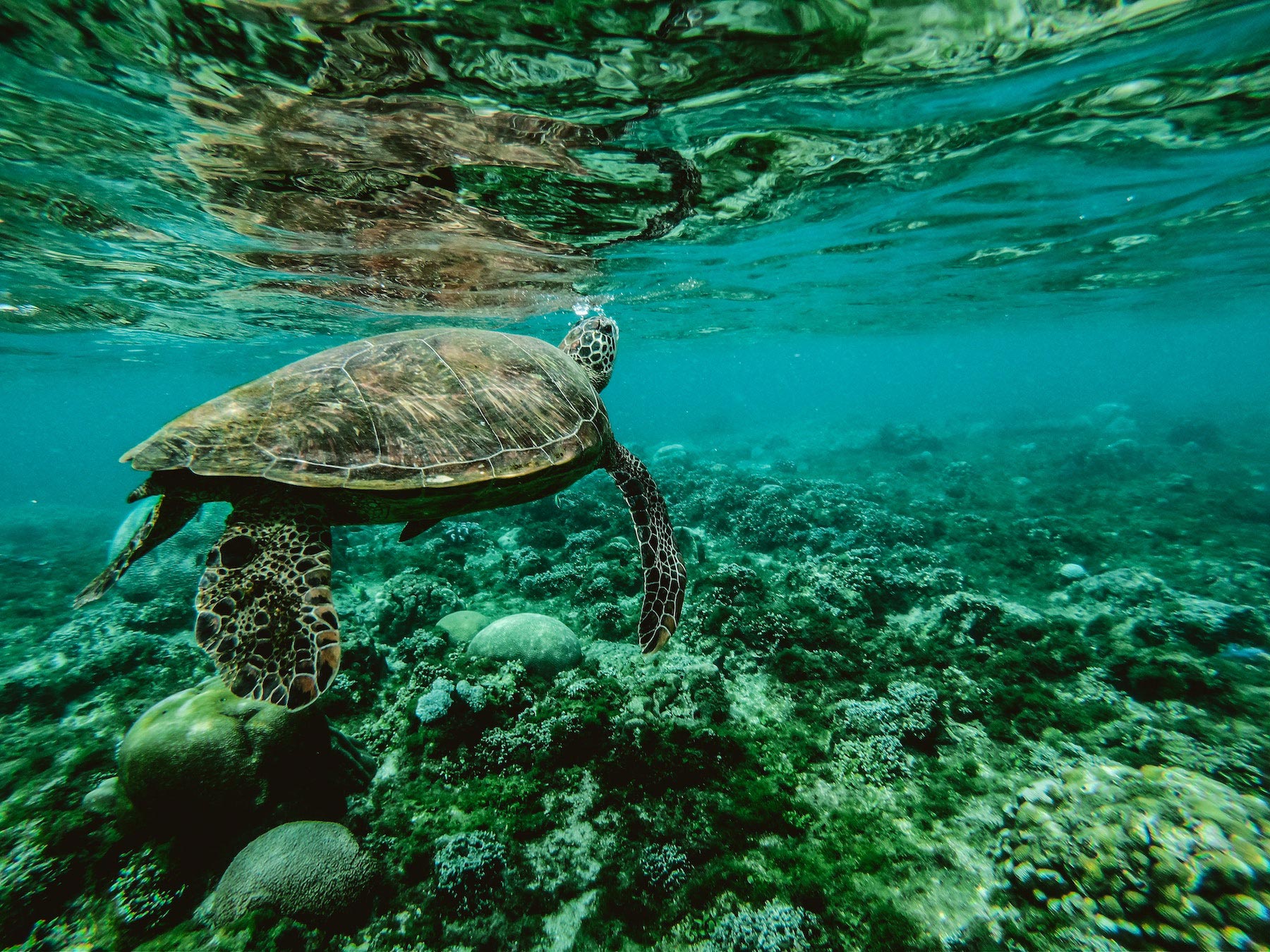
Bycatch Statistics
- About 40 percent of fish caught worldwide are captured unintentionally and are either thrown back dying or left to die on the boat.
- This amounts to around 38 million tonnes of sea creatures caught as bycatch every year.
- In Pakistan, 1200 dolphins are killed every year in tuna gillnet operations.
- It is not only marine life that is affected. 300,000 seabirds, including 14 albatross species are killed every year by fishing equipment.
Which Commercial Fishing Technique Is Associated With Excessive Bycatch?
With the equipment used in the industry, there is no way of avoiding bycatch. As long as the fishing industry is using fishing lines, nets or any other method of catching fish on an industrial scale, other species will be severely impacted. This happens during the process of fishing but also when that gear is inevitably lost or discarded in the ocean.
Certain methods aim to reduce bycatch but these are few and far between. The easiest solution is to stop eating fish and therefore stop funding practices that lead to bycatch.
Trolling
Trolling involves dragging a longline, with many fish hooks attached, behind a moving boat, and is often considered the method that reduces bycatch the most. Whilst this may be true when compared to trawling and gillnet fishing, it does not mean that this method is either ethical or sustainable.
Often, fish caught as bycatch on troll lines and then returned to the ocean are hooked through parts of their bodies other than the mouth, causing often fatal injuries. Studies of Chinook salmon, caught by trolling off Alaska, showed that 85 percent of fish died from their injuries after being returned to the sea. 23 percent of these were hooked through the eye.
Around one in every five animals caught on trolling lines are sharks and they are either thrown back, often injured from improper hooking, or they have their fins removed with a knife (for sale in shark fin soup) and are thrown back into the ocean to die.
Discarded and broken trolling lines also become tangled and entrap turtles, dolphins, sharks and other marine mammals, causing them to drown painfully.
Trawl Fisheries
Trawling is the most destructive and unfortunately most common method used in the fishing industry. Huge trawler nets with weights attached to the bottom are dragged along the seabed, collecting every living being in their path. These weights destroy the seabed and the essential marine plant life that lives there, and the net entraps all animals in its way. Juvenile fish are caught and die in the nets, stunting population growth of fish populations.
Trawling for fish accounts for 55 percent of global bycatch and tropical shrimp accounts for 27 percent. Although the UN demands that trawlers report their catch in an effort to identify bycatch, recent research shows that millions of tonnes of fish from trawler boats have gone unreported in the last 50 years.
Traps And Pots
Traps and pots are suspended in the ocean by fishing lines to bait and catch crustaceans such as lobster and crabs. Although they are designed for specific species, they still cause bycatch as the ropes, line and pots are often discarded, resulting in trapped sea turtles, whales and other species. They also cause environmental degradation, as they drag along the seafloor destroying corals, sponges and other fauna.
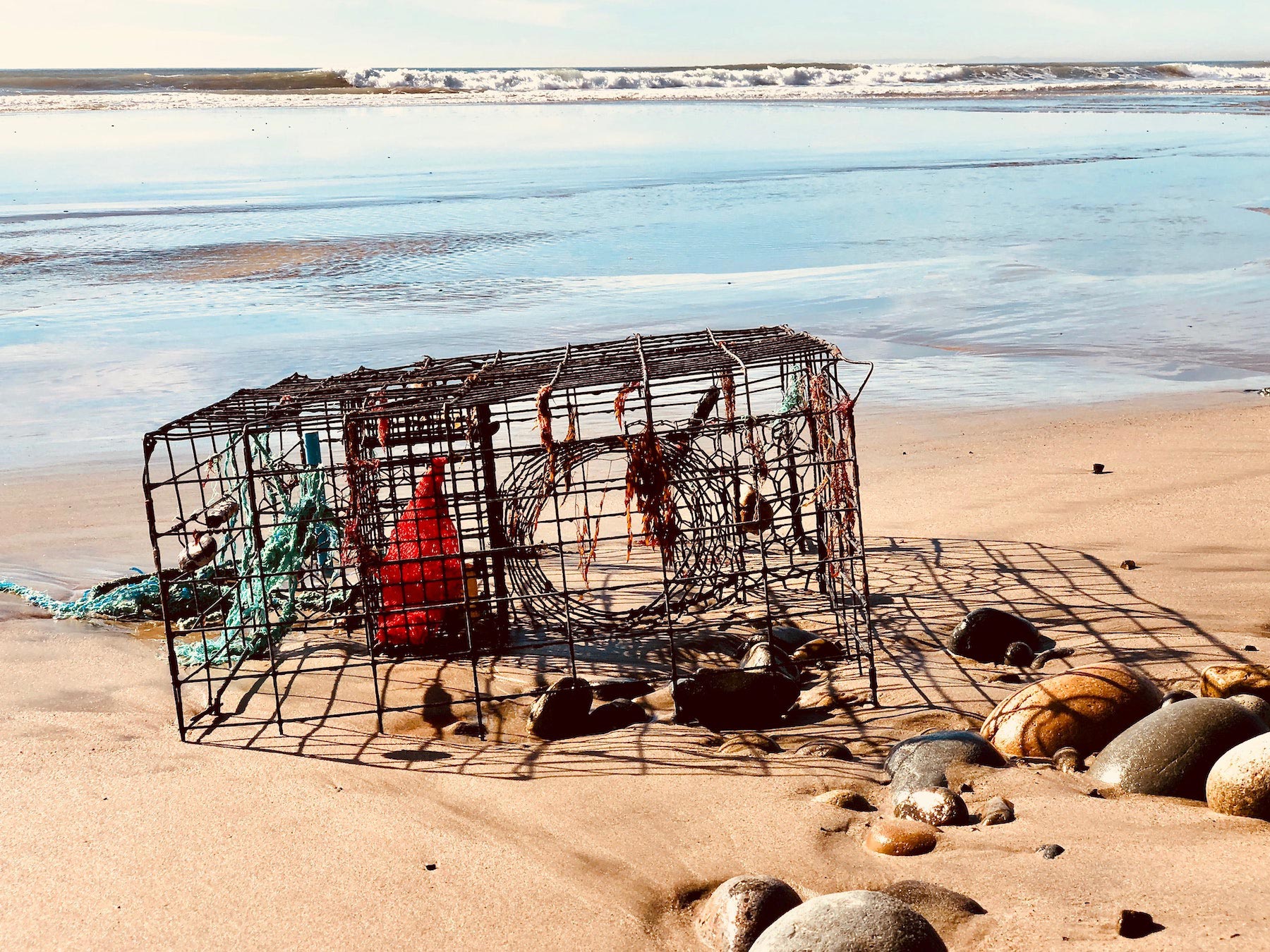
Purse Seining
This method involves targeting schools of large fish by spreading a net around them and raising it to the surface. It is claimed they have low bycatch rates when schools are targeted properly. But this of course does not always happen and bycatch rates of vulnerable mammals and sharks is notable, particularly when targeting valuable tuna.
Long Line Fisheries
The clue is in the name with this one. A long line, with upwards of 2000 baited hooks attached, is suspended in the ocean by buoys. This obviously creates issues as any animal may be hooked on these lines and either drowned or fatally injured. Bycatch with long line fishing is over 20 percent.
Interactions with longline fisheries kill 50,000 to 100,000 seabirds annually, including albatrosses, who are threatened with extinction. Endangered loggerhead turtles are also greatly affected by long line fishing in the atlantic ocean.
Gillnet Fisheries
Gillnets work in an extremely unpleasant way, as they are designed to trap fish by their gills. They are suspended far and wide in the water, meaning many fish not being targeted by the nets still get caught and die slowly. Air-breathing marine mammals like turtles, dolphins and whales get caught in gillnets and drown as a result.
The Fransiscana dolphin is one of the most endangered dolphin species in the Atlantic ocean and their scarcity can be directly attributed to gillnet fishing.
Is There An Acceptable Level Of Bycatch?
The simple answer is no. When the solution, for humans to stop eating fish, is simple and achievable, it is impossible to justify any animal being killed unnecessarily in this way.
Unfortunately, according to the fishing industry, bycatch is an acceptable sacrifice and is factored into their economic models. That is why the single most effective way to reduce bycatch is to stop economically supporting the fishing industry by consuming seafood.
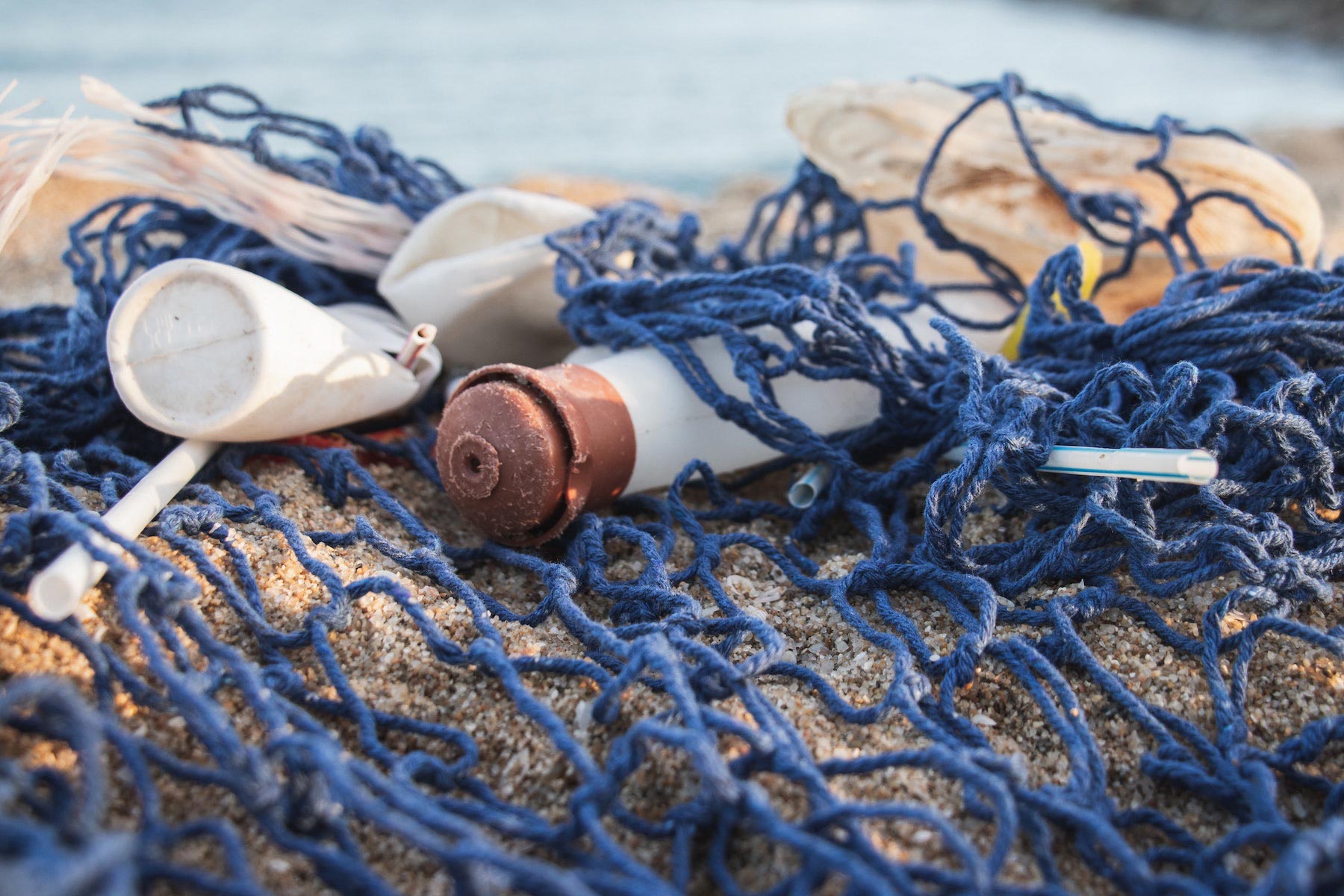
Can Fishermen Use Or Sell Bycatch?
More often than not it is not profitable for fishermen to process and sell bycatch, and the species they catch may not be commonly eaten or economically valuable. Also, bycatch of protected or endangered species cannot be legally landed or sold.. This results in billions of animals either being thrown back into the ocean to die of their injuries or dying on the boat and being discarded on land.
Can Fishing With Bycatch Be Sustainable?
The evidence shows that 50 percent of all shark deaths in the ocean are due to bycatch. Simple science shows that if you take the top layer of a food chain away, the system will begin to collapse. These facts show that operating with bycatch cannot be sustainable, particularly with the scale and methods of the modern industry.
Claims of sustainability have also become very difficult to trust, as the major accreditation organizations have failed to uphold promises on labels such as ‘dolphin safe.’ Claire Christian, co-author of a major study in the Biological Conservation journal states:
“MSC’s narrow definition of sustainability is out of step with the general public perception of what that term means.
When MSC labels a swordfish fishery that catches more sharks than swordfish ‘sustainable’, it’s time to re-evaluate its standards.”
So, if the fishing industry is continually allowed to carry out clearly unsustainable practices, under the protection of sustainability labels, how can fishing with bycatch ever be sustainable?
How To Prevent Bycatch?
The single easiest and most effective way to prevent bycatch, is for more people to stop eating fish. If demand for fish reduces, it will be less economically viable for the fishing industry to continue with fishing practices that cause bycatch.
Furthermore, do not trust sustainability labelling. It is clear that accreditation organizations have lost sight of the definition of sustainability and are not upholding the values consumers would expect. By stopping our consumption of fish altogether, demand for so-called ‘sustainable fish’ will decrease and bycatch will be reduced.
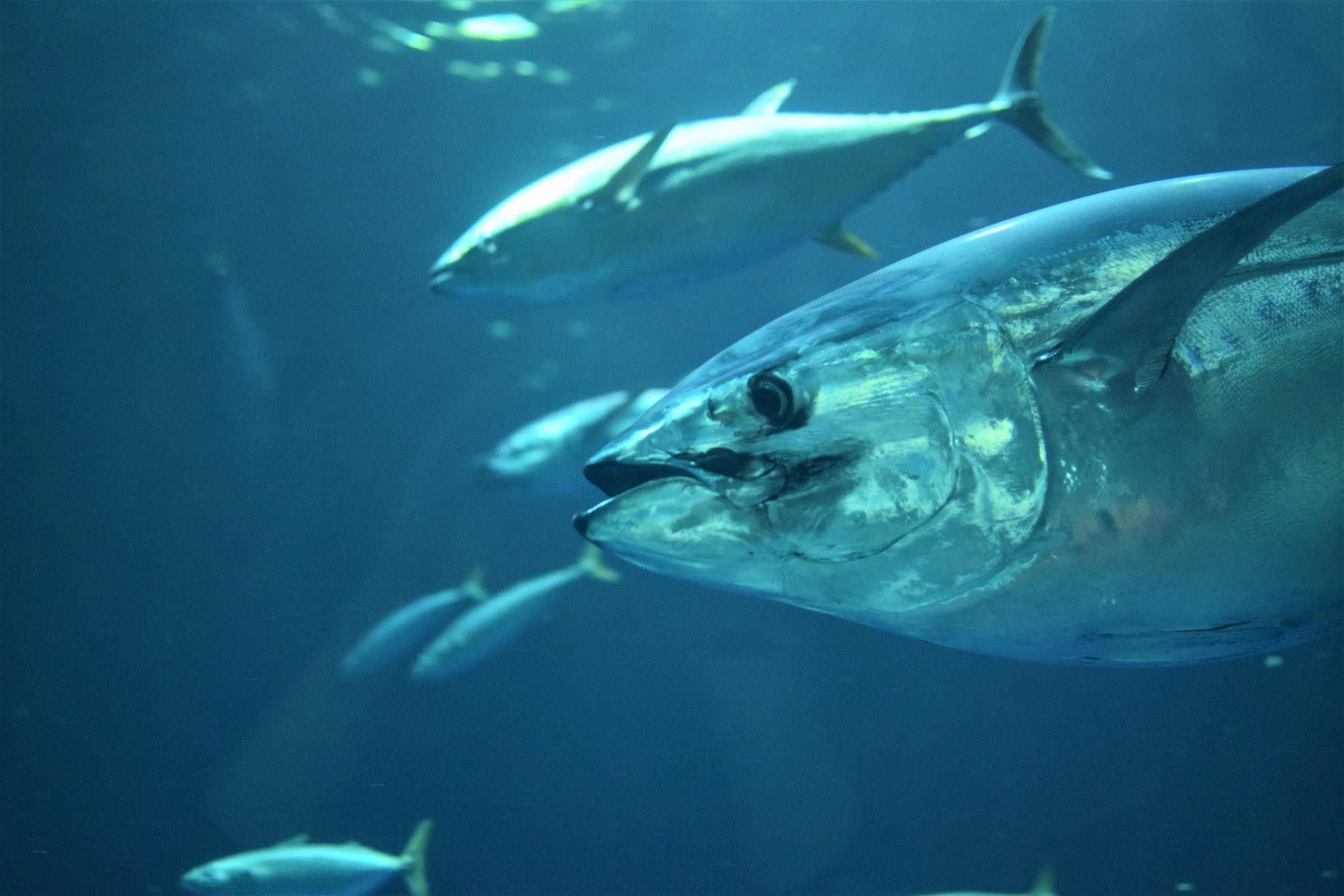
How You Can Help
At the risk of sounding like a broken record, eliminating our fish consumption is the most effective way of reducing our impact on marine life. The fishing industry is ruled by economics, so when we stop spending our money on seafood, they have less reason to pull seafood and bycatch out of the ocean.
Supporting organizations doing amazing work to uncover unsustainable fishing practices also helps.
Watch Seaspiracy and recommend watching it to a friend. The more people who watch documentaries like this, the more awareness there will be!
Conclusion
Bycatch is an inevitable symptom of the fishing industry. So, fish on our plates, means millions of sentient, intelligent and ecologically valuable animals dying needlessly. The knock-on effects are bad for the environment, bad for humans and bad for marine life. Nobody is a winner when it comes to the fishing industry.
With a lack of action coming from governments, the single biggest thing we can all do to prevent bycatch, is to stop eating fish. By doing this, we will give our oceans a chance to recover from the damage already done and we can all enjoy all the benefits of a healthy ocean.
